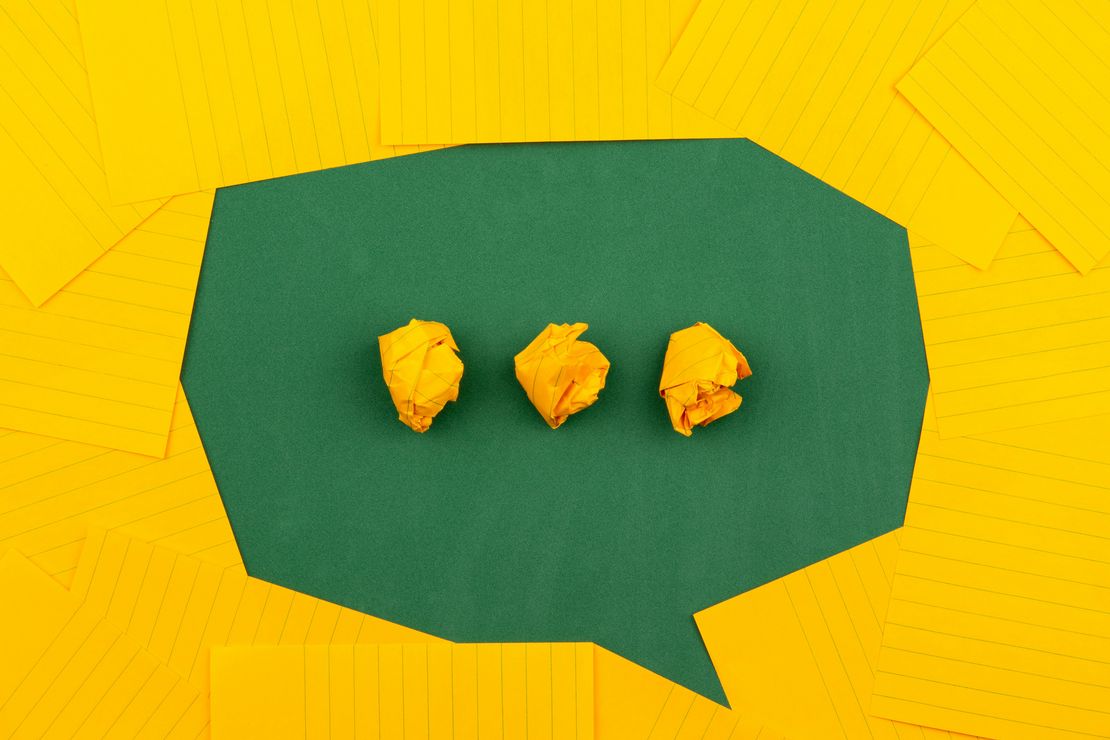
What I Learned About Communication As A Tennis Coach
Tennis Australia organized a Coach Connect Summit earlier this year at the Queensland Tennis Centre. During the summit, Emma Doyle presented on the topic of communication on the 3rd day. I found the session incredibly valuable, and I’ve been applying what I learned both on the court and in everyday life ever since. I’m eager to share the insights I gained from the session and from my own experiences on the court.
Greetings! Pattern Breaking
These days, the phrase “how are you?” often serves the same social function as “hello.” Typically, people respond with “Fine, thank you, and you?” and the conversation moves forward with a standard “doing well” or similar response.
However, apart from the usual question, we can introduce some pattern-breaking or ice-breaking questions to foster better connections with players, especially in the early stages of building rapport. Here are a few examples:
- “Hey, what’s your favorite ice cream?”
- “What was the highlight of your day at school?”
- “Do you have a favorite movie?”
These questions help to break the monotony of everyday conversation and provide opportunities to get to know each other better.
But → And
Replace BUT with AND.
Keep up the positive mindset. Instead of saying, “Your forehand is very good and we need to work more on your backhand,” try saying, “Your forehand is very good and I’m sure your backhand will be too with more practice and guidance.” Same information, very different delivery and impact.
Ask the Right Questions At the Right Time
Every player experiences both good days and bad days, each with their own strengths and weaknesses. As coaches, we’re eager to help players grow and improve, whether it’s refining technique or enhancing footwork. However, it’s often better to avoid asking “why” after a negative experience.
Imagine you’ve just served a couple of double faults, and someone asks you, “Why did you hit a double fault?” or “Why didn’t you toss the ball higher?” It can lead to feelings of self-doubt and lower confidence. Instead, if we want to understand what’s going on in a player’s mind, we could ask more neutral questions like “What happened there?” or “What’s going on?” This approach keeps it less personal and more focused on the matter at hand.
On the other hand, asking “why” after a positive experience can be beneficial. For instance, saying, “Hey, nice volley! You won the point! Why did you decide to go to the net?” allows players to share their thought process for good decision-making. This reinforces their positive actions and strengths, boosting their confidence in their abilities.
Tell me more
I think it’s the most loving and powerful phrase. It shows patience and understanding.
When players are trying to communicate their frustration or a particular problem they are facing, it’s important to be patient and try to dig a bit deeper to understand their perspective.
For example:
Player: “Hey Coach, I really don’t feel good about my forehand.” Coach: “Okay, let’s talk about it. Tell me more…”
Player: “When I try to hit the ball hard, my elbow hurts.” Coach: “That sounds like it could be a technique issue or overuse.”
Player: “My ball goes over the net but there’s no spin.” Coach: “That seems like it might be a technique issue.”
It’s just three simple words, but they are so powerful in helping us understand the deeper issue."
Encourage Thinking
To help players find answers themselves and become more independent, it’s crucial to encourage them to think for themselves. While new tennis players may need some hand-holding and guidance initially, as they become more comfortable with the sport, fostering independent and critical thinking becomes essential for building confidence, good judgment, and tactical skills.
To achieve this, we start by asking open questions:
- “Hey, how do you think about that serve?”
- “What are your thoughts on the backhand rally?”
- “How do you think we can improve that return?”
- “What strategies do you think would help you win the game?”
We then wait for their response and engage in an interactive discussion. If the player struggles to provide an answer, we can re-frame the questions into multiple choice:
- “Do you believe stepping closer or further to the service line would be better for the second serve?”
- “Should I wait for the ball or prepare early when it’s coming?”
Through timely questioning and guided discussion, we help them develop critical thinking and independence gradually.
Next Time
One invaluable lesson tennis has taught me is the importance of focusing on the present moment and taking action based on lessons learned. The phrase “Next Time” embodies this idea perfectly—it’s powerful and encouraging.
As a player myself, I’ve experienced the exhilaration of a perfect shot or serve, as well as the frustration of faults and errors. However, in the heat of a match, there’s no time to dwell on past mistakes. Players must swiftly adjust and refocus for the next point. The same principle applies to practice sessions. If a player executes a great shot, it’s essential to acknowledge it and maintain momentum. Conversely, if a shot goes awry, it’s crucial not to dwell on it excessively. Instead, focus on making the necessary adjustments to technique and concentrate on the upcoming shot. For players who have developed independent thinking skills, simply encouraging them to concentrate on the next shot often yields positive results after a few attempts.
This mindset also applies beyond individual points or practice sessions—whether winning or losing a match, the key is to learn, grow, and take actionable steps for improvement. “Next time” becomes a mantra for continuous development and progress in the game of tennis and in life.
Get Sassy
Absolutely! Adding some humor to interactions, especially when working with kids, can work wonders. However, it’s important to build a strong rapport and understanding with them first.
PS. Of course, we also had fun watching Brisbane International.



